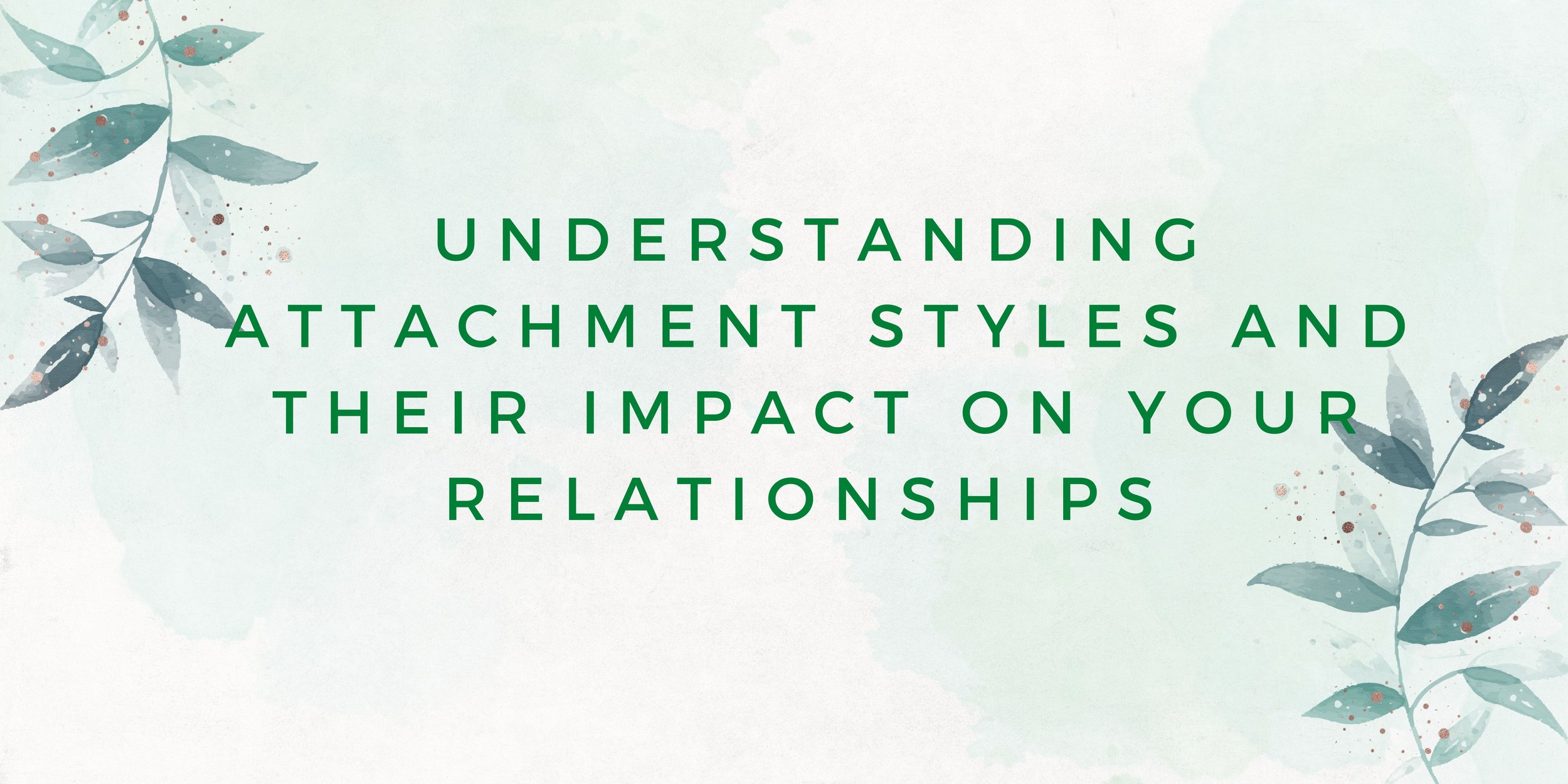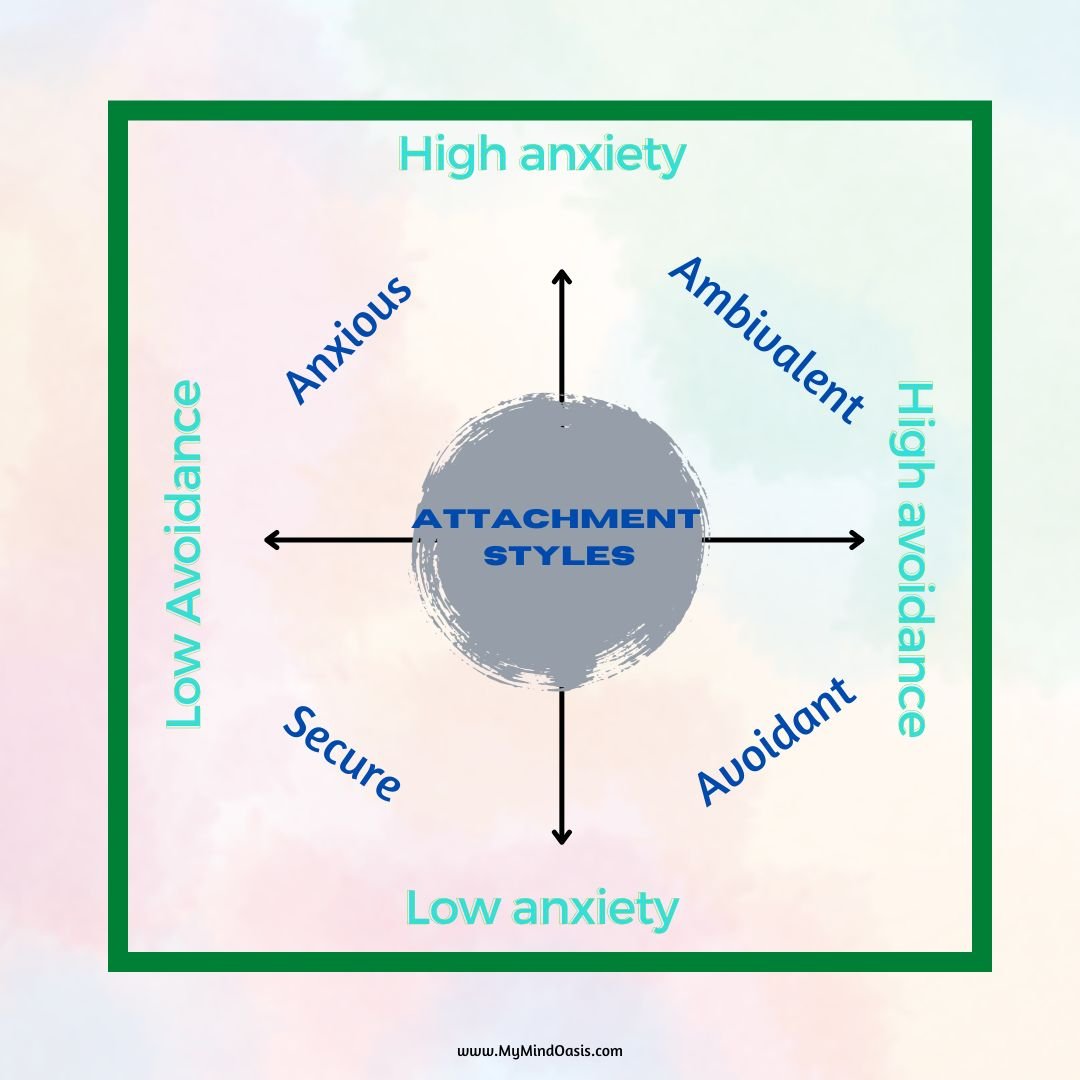The word ‘attachment’ is commonly used to refer to fondness or affection towards a person or thing. In the context of attachment theory, it is the way we relate to others. Looking at things from an attachment lens means understanding how attachment ‘styles’ play a part in your relationships - specially in terms of emotional needs and ways of seeking fulfilment of these needs - providing an insightful perspective for deeper self-awareness.
John Bowlby - a British psychiatrist - is credited as the founder of attachment theory. Sue Johnson writes in her book: “As a psychologist and as a human being, if I had to give an award for the single best set of ideas anyone had ever had, I’d give it to John Bowlby hands down over Freud or anyone else in the business of understanding people (Hold Me Tight, 2008).”
What then is this attachment theory? And what impact does it have on your life and relationships?
What is Attachment Theory?
Early research in this field was focused on understanding child development and parent-child relationships. However, over the years it has expanded to become one of the most influential theories of present day psychology (Finkel & Simpson, 2015).
Even though its roots lie in the study of parent-child relationships, attachment theory as we know it today has been found to have significant implications on personality development and our patterns of interacting with the people around us. Our attachment style has an impact on how we form adult relationships, including romantic relationships, friendships and even professional relationships.
The theory is based on the understanding, that similar to the need for food and rest, people have an innate desire for emotional connection. How the adults around us responded to this desire when we were young is said to have a lasting impact on the development of attachment styles. Very simply, attachment theory explores behaviour patterns related to forming bonds with others - and how these patterns affect which people you are attracted to, the things that upset you, your relational strengths and challenges, how you respond to conflict and so much more.
Attachment Styles
Before saying more about attachment styles, I want to clarify that these are not rigid categories or types, but rather a tool for deepening self awareness. If you find yourself identifying with an attachment style, I urge you to use this as an opportunity to identify unhelpful patterns, and not as a diagnosis.
Based on certain patterns of behaviour, attachment styles have been classified into secure and insecure styles The insecure attachment style is further subdivided into anxious, avoidant and disorganised styles.
Let’s take a closer look at each category.
Secure
This style is associated with most stability. Secure individuals are comfortable with emotional closeness. They typically grew up with consistent parental presence - who were reliable and could be trusted. They are able to express needs without getting distressed and tend to have an optimistic view of self and others. Some patterns associated with this style include:
-emotionally available and expressive
-able to focus on current problem without generalizing
-view partner as an individual with separate needs
Anxious
This style is also known as anxious-preoccupied. It is believed to develop from inconsistency in childhood environment. Such individuals struggle to feel a sense of safety in relationships. Anxiously attached individuals tend to seek approval of others and try hard to fit in. They can be self-reflective but seek reassurance and external validation. Some unhelpful thoughts and behaviours associated with this style include:
-black or white thinking ( focusing on negative aspects of self)
-catastrophising (interpreting insignificant actions as indicators that partner is lying/cheating/wants to break up)
-imbalanced view of relationship (excessive focus on the down-side)
-seeking attention by acting out or picking a fight
-manipulate partner by threatening to leave or pretending to be busy/aloof
Avoidant
Also known as dismissive attachment style, they typically grew up being discouraged about emotional expression. Avoidantly attached individuals value independence and control and tend to be perceived as distant or aloof. They tend to fear commitment and may have difficulty trusting others in relationships. Some unhelpful thoughts and behaviors associated with this style include:
-black or white thinking (focusing on negative aspects of other)
-overgeneralize (‘They are taking over my whole life’ ‘We always do everything their way’)
-interpret partner’s advances as pathetic or needy
-minimal emotional sharing
-critical or belittling towards partner
Ambivalent
Also known as disorganised, anxious-avoidant and fearful-avoidant type. It is a style associated with extreme early environments such as trauma exposure - where the child is unable to predict who/what will provide safety. Driven by alternating needs for closeness as well as fear of getting hurt, they can be hard to bond with and predict. Usually, the disorganised individual will switch between high anxiety and high avoidance. Often their behaviour might be perceived as ambiguous and contradictory.
How can attachment theory help you?
Knowing your attachment style helps you make sense of your behaviour in relation to others. It is easier to regulate yourself when you know what triggers certain strong reactions (e.g. lashing out or shutting down). For instance, one may be able to control spiralling thoughts about a partner not answering their call if they knew it stems from an anxious attachment style, rather than the partner being uncaring or disinterested. Similarly, being aware of avoidant patterns in one’s attachment style can help calm the panic of being emotionally vulnerable in front of another person. There are innumerable instances where knowing your attachment needs can help you build and strengthen more fulfilling relationships. Instead of shaming or blaming yourself (or a partner), this awareness can help you move away from unhelpful patterns. Tracking changes or discussing these in therapy are some ways of building a more secure attachment style.
When you know your needs and learn to articulate them, it is easier to convey them to others, thereby increasing the likelihood of these needs getting fulfilled. This is invaluable not just in the early days when you are getting to know a new partner, but also in long-term relationships where chronic patterns can be identified and replaced. As an example, couples often experience the same argument over and over again, probably stemming from unmet attachment needs. Familiarising yourself with how your attachment style interacts with your partner’s style can aid in stepping away from the unhelpful cycle you might have been caught up in for years!




